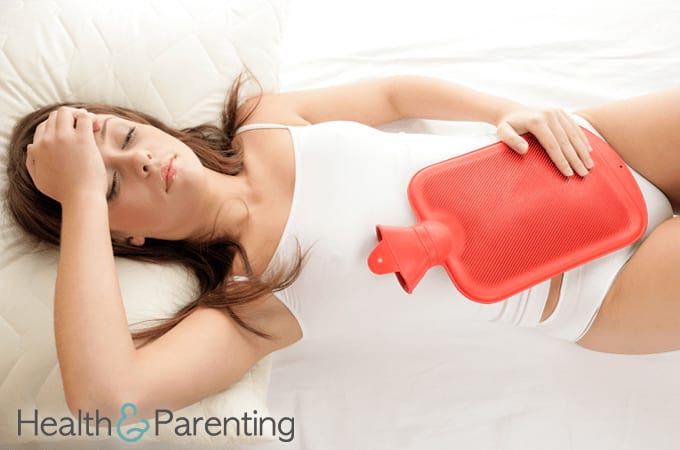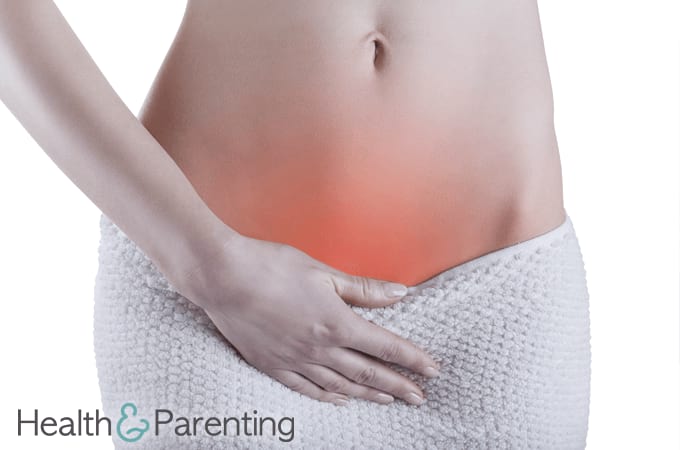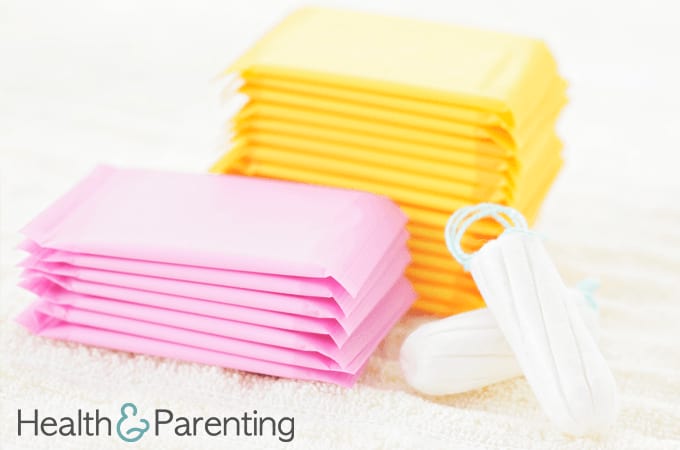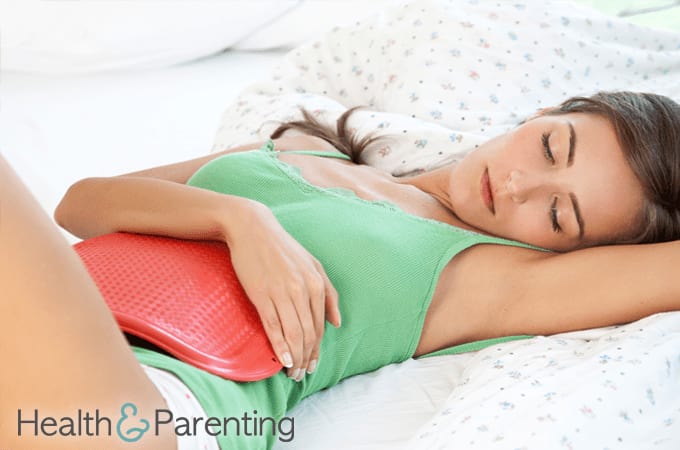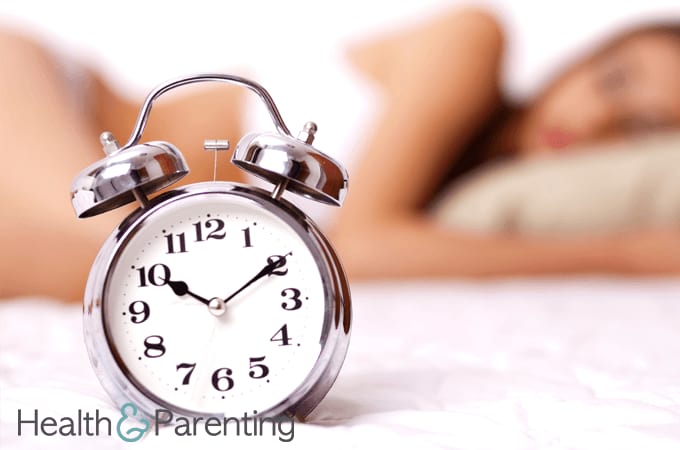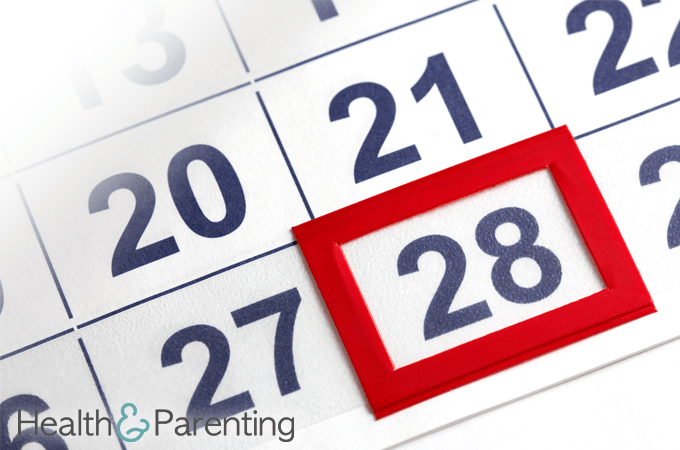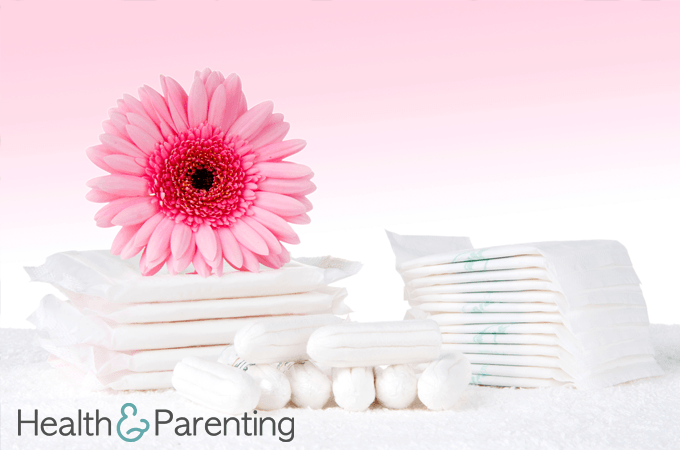You may, at times, have wondered whether your periods are ‘normal’. You may have worried about the length of your cycle, the colour of your menstrual blood, and your menstrual cramps. One common question that women have, is ‘How much blood loss is normal?’
Television adverts show the effectiveness of menstrual pads by pouring a light blue liquid from a chemistry tube, so it’s little wonder that many women are left wondering what a ‘normal’ period should look like. In fact, many women simply go off what is normal for them, because they have little else to compare it to.
How much blood loss is normal?
The amount of blood loss varies from woman to woman, and may even vary from month to month. It may be hard to believe, but only four tablespoons of blood are lost during the course of the average period. Menstrual fluid also contains tissue and mucus from the lining of the uterus, and so the total amount of menstrual fluid lost in the average period is between six and nine tablespoons.
This might not sound much, but remember it usually looks more than it is. A normal sized tampon or menstrual pad usually holds around 7ml, and it is considered normal to soak around seven of these during one period. Normal periods can last anywhere between two and seven days, though the average is usually between three and five days long.
Many women report that bleeding is heaviest during the first two days of their period, and that blood loss slows towards the end.
Though these are the averages, the amount of blood lost can vary dramatically between different women. There are many factors that can determine how much menstrual fluid you lose during your period. Taller women, those who have given birth and pre-menopausal women are likely to have more blood loss. Stress, diet, and contraceptive choices can also impact on the amount of blood lost during your period.
What counts as heavy bleeding?
Heavy bleeding is characterised by the following:
● it leaks through to your clothes or bedding
● you have to change your tampon or menstrual pads at least every two every hours
● you need to use both tampons and menstrual pads at the same time to prevent leaks
Menorrhagia is the official name for recurrent heavy periods. This is characterised by a loss of more than 80ml during each period, this equates to 16 soaked normal-sized tampons or menstrual pads. Menorrhagia is most common amongst teens and perimenopausal women. If you think you are suffering from menorrhagia, contact your healthcare provider for advice.
This information is not intended to replace the advice of a doctor. Health & Parenting Ltd disclaims any liability for the decisions you make based on this information. All contents copyright © Health & Parenting Ltd 2014. All rights reserved.

